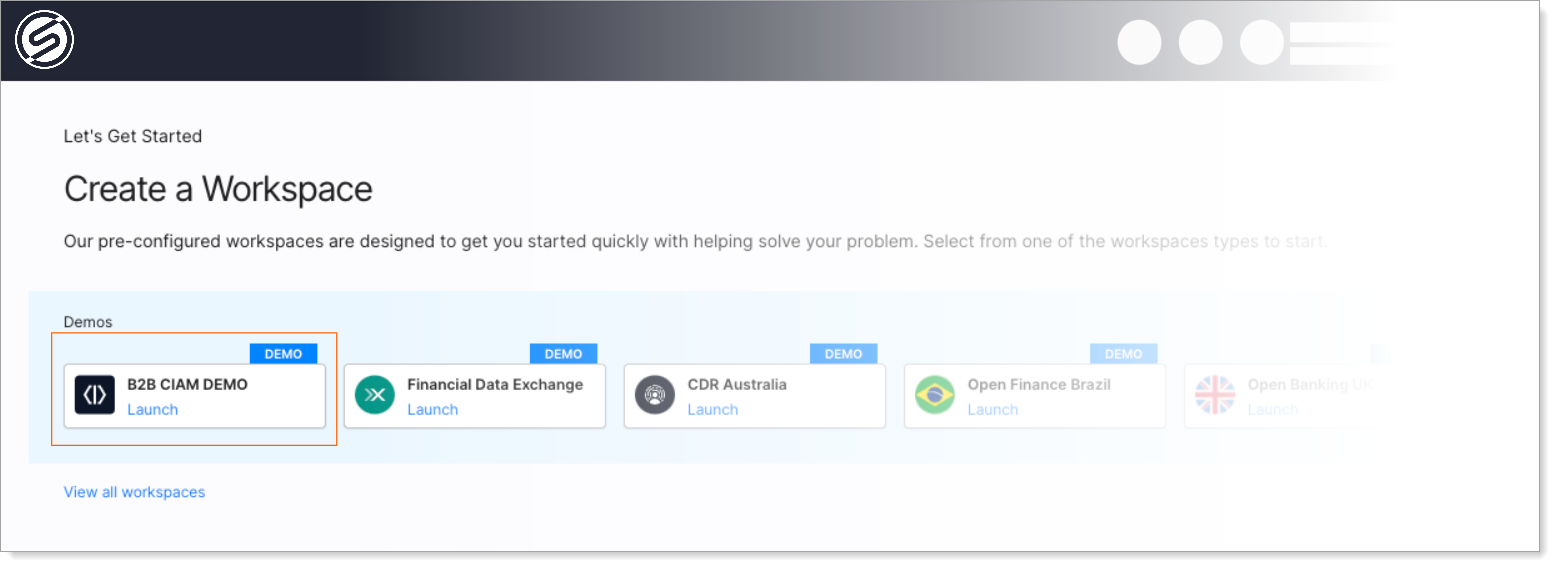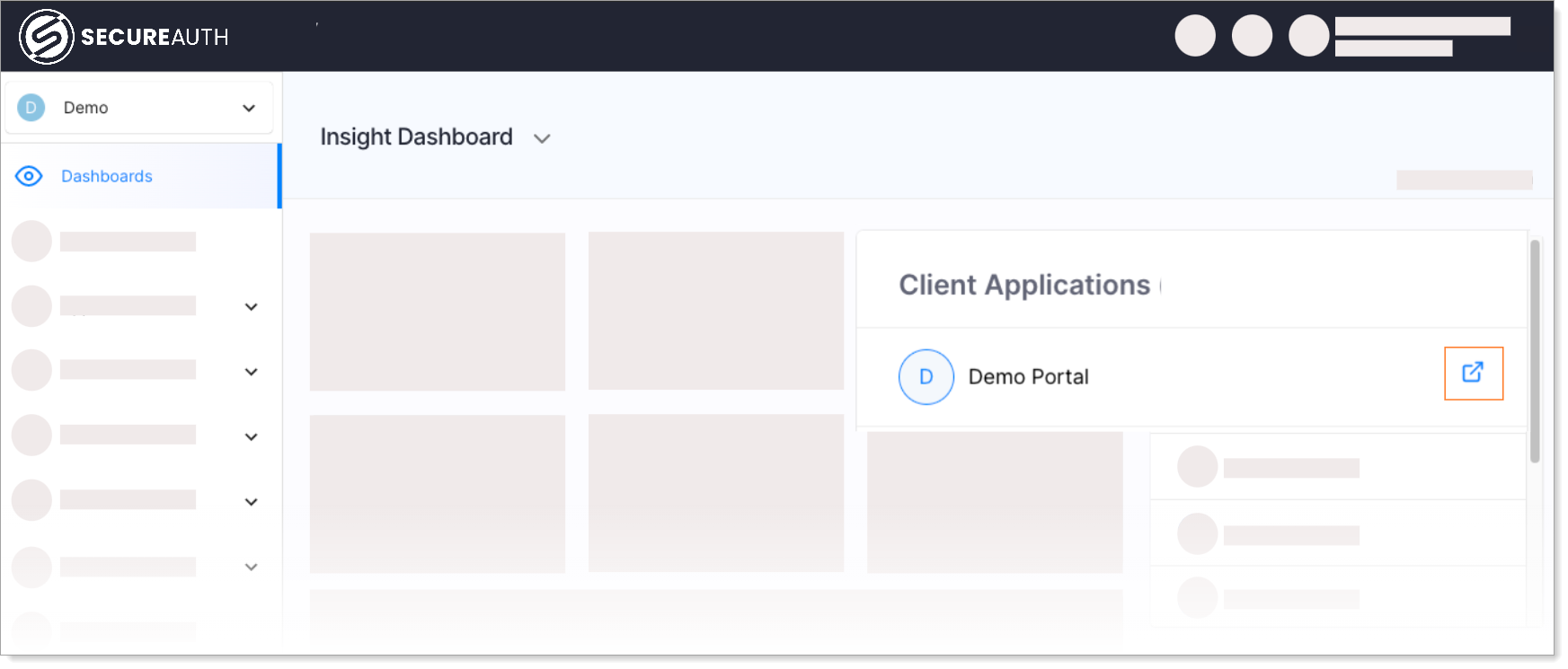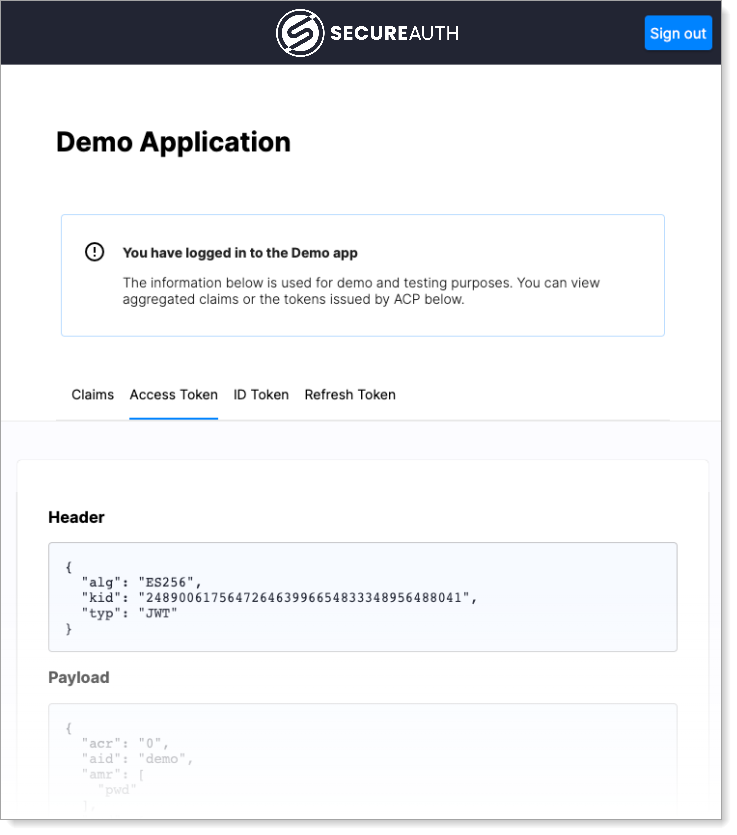Creating OAuth Authorization Servers
Create a free OAuth authorization server to secure a way for client applications to access resources.
Create Authorization Server
Each workspace has an associated OAuth authorization server instance.
Launch ANY workspace profile -- all come with a built-in authorization server.

Your Authorization Server is up and running.

Authorization Server Demo
Launch a B2B CIAM DEMO workspace.

Go to Dashboards, select Demo Portal and try it all out with demo application.

Check tokens issued by the authorization server for the Demo Portal application.

Next Steps
Add Applications for user authentication or to enable your software to access protected resources.
Add M2M Clients for calling APIs in a machine to machine environments.
Configure Authorization Flows (Grant Types) and OAuth extensions that the authorization server allows connected client applications to use.
Define which client authentication methods client applications can use.
Enable OAuth Dynamic Client Registration to allow client applications to obtain the necessary credentials and configuration information from the authorization server in order to authenticate users and access resources.
Configure tokens minted by the authorization server and issued to authorized and authenticated client applications.
Configure the consent screen displayed to users in the process when a user grants permission for a client application to access their resources on an OAuth authorization server.
Configure access control (authorization) settings for the authorization server (also workspace) to, for example, assign access policies that validate user attributes before minting an access token.
Set up authentication context to create a common schema that will be used to represent the user data from different identity sources. This schema could include fields for the user's unique identifier, username, password, email address, and any other relevant information.